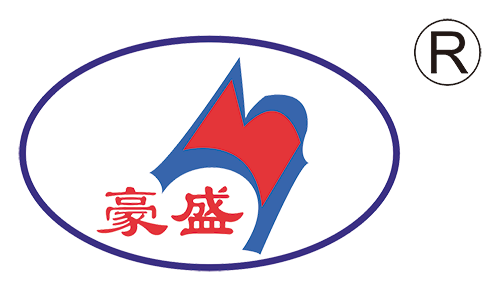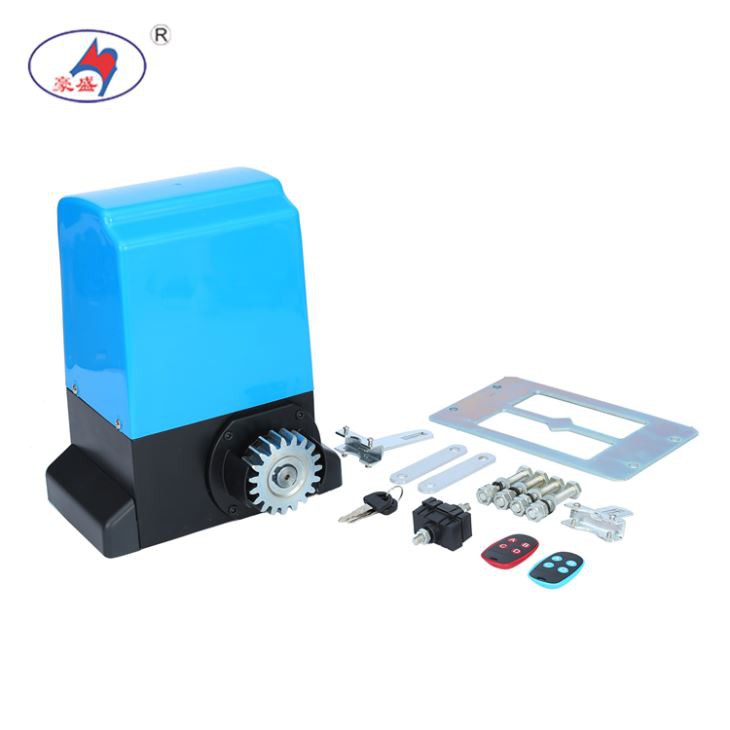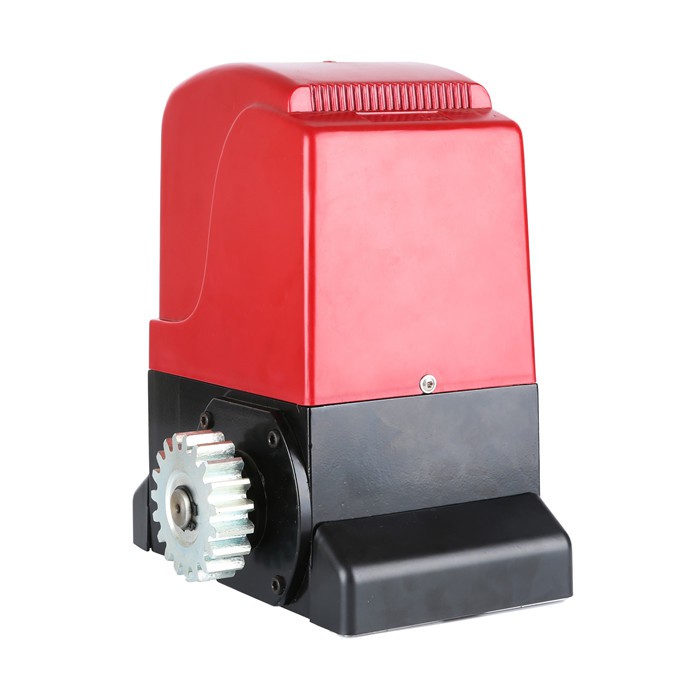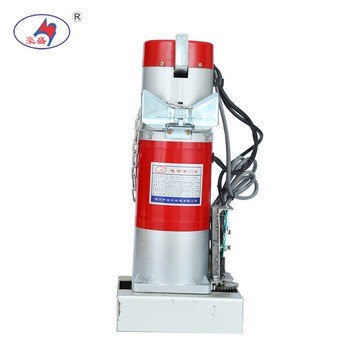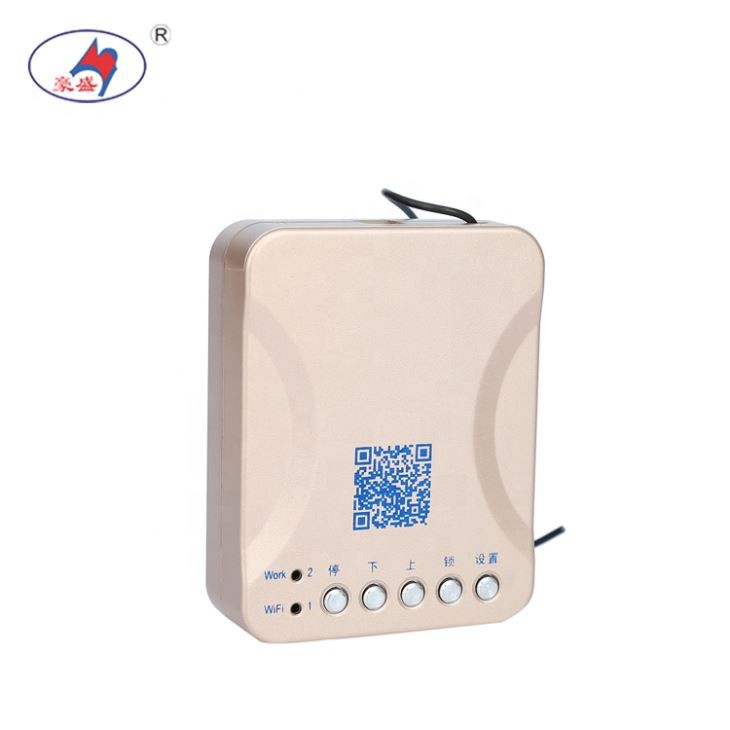Ac motors are composed of stator and rotor. Ac motors are divided into synchronous ac motors and induction motors. The stator windings of both kinds of motors are fed alternating current to generate a rotating magnetic field, but the rotor windings of synchronous ac motors usually need the excitation machine to supply direct current (excitation current). An induction motor, on the other hand, does not require current to enter the rotor winding.
The stator windings of three-phase ac motor are basically three coils separated by 120 degrees, which are triangular or star connected. When a three-phase current is applied, a magnetic field is generated in each coil, and the three magnetic fields are combined to create a rotating magnetic field. The current completes a full vibration, and the rotating magnetic field rotates exactly once. Therefore, the revolutions per minute of the rotating magnetic field N=60f. Where f is the power frequency.
Ac motors can be divided into synchronous motors and asynchronous motors (or asynchronous motors) according to the speed of rotor rotation. Regardless of the load, the rotor speed of a synchronous motor is always the same as that of the rotating magnetic field, so this speed is called the synchronous speed. As mentioned above, it only depends on the frequency of the power supply. Asynchronous motor speed is not constant, it depends on the size of the load and supply voltage. There is no commutator motor and commutator motor in three-phase asynchronous motor. The vast majority of asynchronous motors in practical applications are induction motors without rectifier (but parallel and series three-phase asynchronous commutator motors have the advantages of large range of speed regulation, high power factor, etc.), its speed is always less than the synchronous speed.
